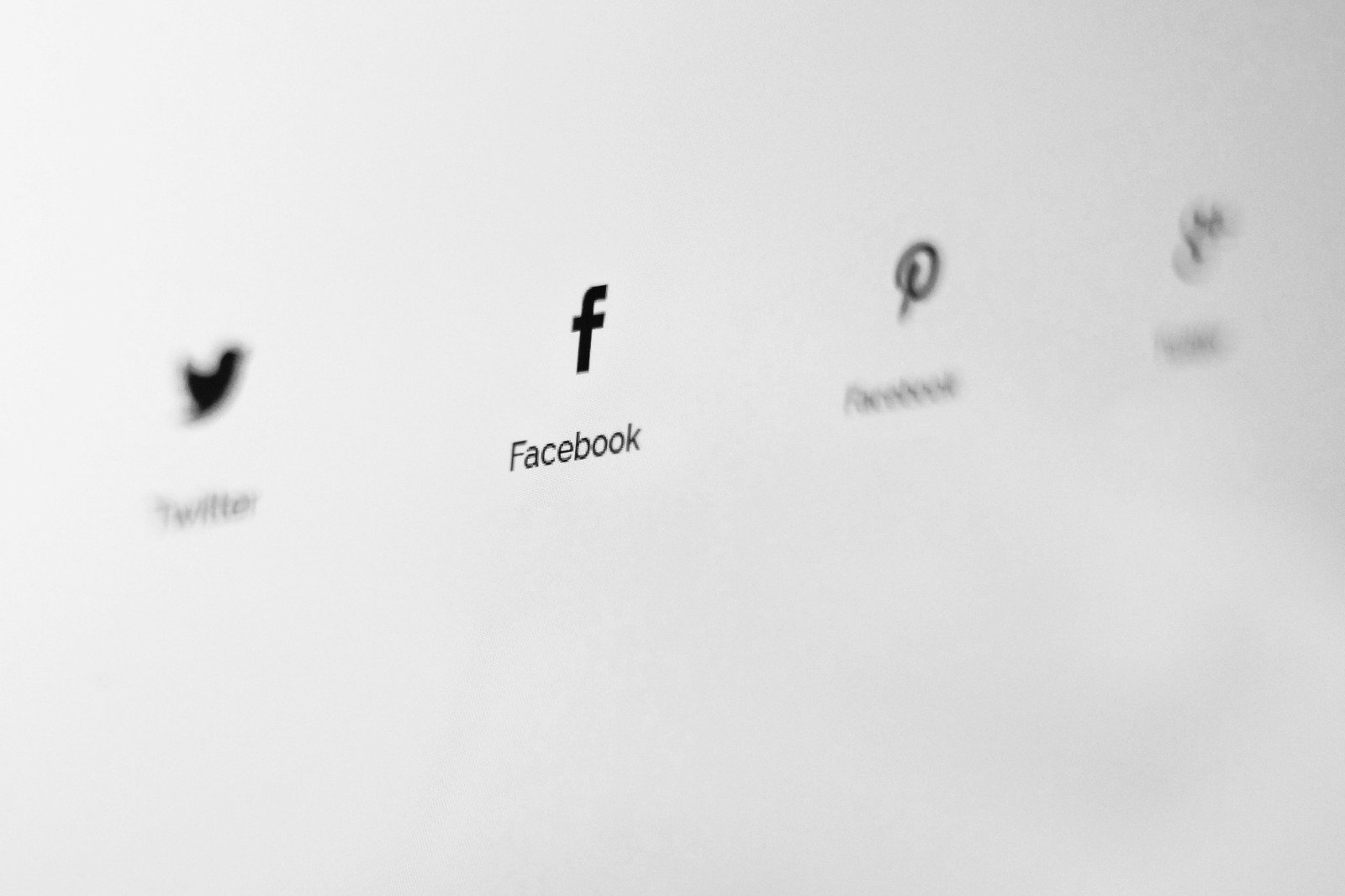Why Creative is the Most Important Factor in Paid Social Advertising Today
In today’s digital landscape, the success of paid social advertising doesn’t just rely on budgets or algorithms; it hinges on creativity. As competition grows fiercer, and platforms like Instagram, TikTok, and Facebook constantly evolve, the need for eye-catching and engaging content has become paramount. Let’s dive into why creativity is now the most crucial element in paid social advertising and how brands can leverage it to stand out in a crowded marketplace.
Paid social advertising has come a long way from its early days when simple ads and high budgets guaranteed visibility. With over 4.5 billion people on social media worldwide, the space is saturated, and users are increasingly discerning about the content they engage with. Platforms now prioritise user experience, favoring ads that feel authentic, engaging, and relevant.
To navigate this environment, brands must elevate their game beyond targeting and budget management. Creativity has become the primary driver of success, enabling brands to capture attention, foster emotional connections, and ultimately convert audiences.
Source: Norwood Themes
Creativity Cuts Through The noise
Social media users are bombarded with hundreds of ads daily, making attention spans short and selective. To break through, brands need to create thumb-stopping content that immediately grabs attention. This is where creativity comes in. Bold visuals, clever messaging, and innovative formats are essential to standing out in crowded feeds.For instance, brands like Nike and Red Bull often use high-impact visuals and engaging storytelling to captivate their audience. Their ads don't feel intrusive; instead, they tell a story or evoke an emotion, prompting users to engage. Creativity, in this sense, is the hook that grabs the viewer's attention and keeps them from scrolling past.
Ad Fatigue and the Need for Fresh Content
Ad fatigue is a common challenge for advertisers—seeing the same type of ads repeatedly causes users to lose interest, making them less likely to engage. Regularly refreshing creative assets is crucial to combating this fatigue, ensuring that audiences remain interested and engaged with the brand.Dynamic creative strategies, such as swapping visuals, headlines, and calls to action frequently, allow brands to test and optimize what resonates most with their audience. However, this isn’t just about changing elements for the sake of change; it’s about creating variations that tell different parts of a story, evoke different emotions, or target specific user interests.
Algorithms Reward Engagement
Social media platforms like Facebook and Instagram use sophisticated algorithms that favour ads with higher engagement rates. Creative content is more likely to generate likes, comments, shares, and saves, which in turn boosts ad visibility. In this sense, creativity isn’t just about aesthetics; it’s a performance strategy. The more engaging your content, the better your ad performs, leading to higher returns on ad spend.For example, user-generated content and interactive ads, such as polls and augmented reality experiences, have proven to be effective in boosting engagement. These formats feel more organic and foster a sense of community, leading to higher interaction rates and better algorithmic performance.
Building Authenticity and Trust Through Creativity
In 2024, authenticity is at the forefront of successful social advertising. Consumers, especially Gen Z, value transparency and are quick to tune out anything that feels overly promotional or fake. Creative, authentic content—whether it’s behind-the-scenes footage, influencer collaborations, or storytelling through video—allows brands to build trust and connect with their audience on a deeper level.Influencer marketing, for example, relies heavily on creative storytelling that aligns with both the influencer’s and the brand’s voice. These authentic narratives are more likely to resonate with audiences, as they feel more like personal recommendations than ads.
Creative Content Allows for Adaptability Across Platforms
Social media platforms are constantly evolving, each with its unique features, formats, and user behaviors. What works on TikTok may not work on Facebook, and vice versa. Creativity is what enables brands to adapt their message across platforms, customizing it to fit the format and audience.For instance, short, snappy videos may be ideal for TikTok, while Instagram might call for aesthetically pleasing carousels or Stories. Facebook could benefit from a combination of videos and static images, focusing on a more storytelling approach. Creativity gives brands the flexibility to tailor their messaging in a way that’s relevant and engaging for each platform, maximizing the impact of their advertising campaigns.
Data and Creativity: A Powerful Combination
While creativity is essential, it should work hand in hand with data. Insights from social media analytics help brands understand what works and what doesn’t, enabling them to refine and improve their creative strategies. This combination of data and creativity allows for agile marketing, where brands can quickly pivot their approach based on real-time performance.
For example, A/B testing different creative elements—such as headlines, colors, and visual styles—helps identify what drives the most engagement and conversions. By understanding these metrics, brands can optimize their ads to become even more effective. It’s a cycle where creativity fuels testing, and data refines creativity.
Conclusion
In the current landscape of paid social advertising, creativity isn’t just a nice-to-have; it’s a must-have. As users become more selective and platforms more algorithmically complex, the ability to craft engaging, authentic, and platform-specific content is essential for success. Brands that invest in creativity—whether through bold visuals, innovative formats, or authentic storytelling—will be the ones to capture attention, foster meaningful connections, and drive results.
Creativity is the currency of social media, and those who master it will lead the way.

